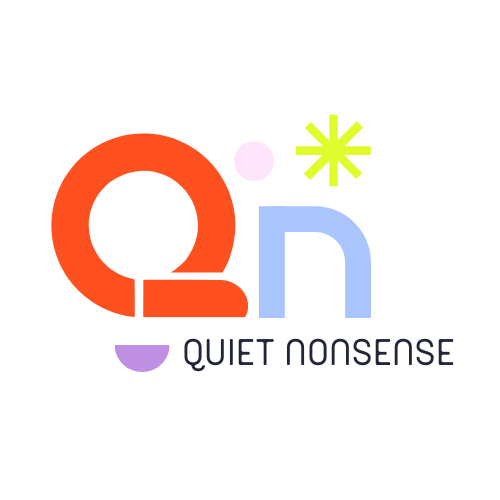While aesthetics play a role in creating a positive impression, functional web design is what truly drives results. A well-designed website doesn’t just look good; it works seamlessly to engage users, generate leads, and support your business goals.
What is Functional Web Design?
Functional web design focuses on usability, performance, and accessibility. It ensures that your website not only captures attention but also provides an effortless user experience (UX). Functional web design takes into account navigation, load speeds, mobile responsiveness, and SEO optimization, creating a website that works as hard as you do to convert visitors into customers.
Key Features of Functional Web Design
1. Intuitive Navigation
Users should never feel lost on your site. A clear, structured menu and logical page hierarchy help visitors find what they need quickly. For example, a service-based business might use dropdown menus to categorize offerings, while e-commerce sites can enhance navigation with filters and search bars.
2. Fast Load Times
Research shows that 40% of users will abandon a website if it takes longer than 3 seconds to load. Functional web design prioritizes performance by compressing images, minimizing code, and leveraging content delivery networks (CDNs) to keep load times lightning-fast.
3. Mobile Responsiveness
With over half of all web traffic coming from mobile devices, having a responsive design is non-negotiable. Functional websites adapt seamlessly to any screen size, ensuring a consistent experience whether users are on a desktop, tablet, or smartphone.
4. SEO Optimization
Search engines reward websites that are easy to crawl and provide a great user experience. Functional web design incorporates SEO best practices, such as clean URLs, metadata, and internal linking, to help your site rank higher in search results.
5. Clear Calls-to-Action (CTAs)
Every page should have a purpose, whether it’s to educate, sell, or capture leads. Functional design includes prominent CTAs, such as “Get a Quote” or “Subscribe Now,” to guide users toward taking the next step.
6. Accessibility
An inclusive website ensures that users with disabilities can navigate and interact with your content. Features like alt text for images, keyboard navigation, and proper color contrast are key elements of functional design.
Why Functional Web Design Matters for Your Business
1. Builds Trust and Credibility
A website that’s easy to navigate and free of errors signals professionalism. Visitors are more likely to trust your brand if your website functions flawlessly.
2. Improves User Engagement
A functional design encourages users to stay on your site longer, explore multiple pages, and engage with your content. This can lead to higher conversion rates and customer loyalty.
3. Supports Marketing Efforts
Whether it’s driving traffic from search engines or creating landing pages for ad campaigns, functional web design ensures that your marketing strategies are fully supported.
4. Future-Proofs Your Online Presence
Web design trends come and go, but functionality is evergreen. By focusing on a strong foundation, your website will remain effective as technologies and user expectations evolve.
How to Achieve Functional Web Design
Achieving functional web design requires collaboration between web developers, UX designers, and SEO specialists. Start by conducting user research to understand your audience’s needs. Then, work with professionals (like us) to create a website that balances form and function.
Example: A Well-Designed Website in Action
Imagine a local counseling practice that needs a professional website. A functional design would include:
A homepage that highlights services and provides an easy-to-navigate menu.
Contact forms and scheduling tools prominently displayed.
Mobile-friendly layouts for on-the-go users.
Blog posts optimized for relevant keywords to improve SEO.
By focusing on these elements, the practice can attract more clients and provide them with a seamless online experience.
Functional web design is the backbone of an effective online presence. It bridges the gap between aesthetics and performance, ensuring that your website not only attracts visitors but also keeps them engaged. Whether you’re building a new website or revamping an existing one, prioritizing functionality will set you up for long-term success.
Invest in functional web design today, and watch your digital footprint grow stronger than ever!
